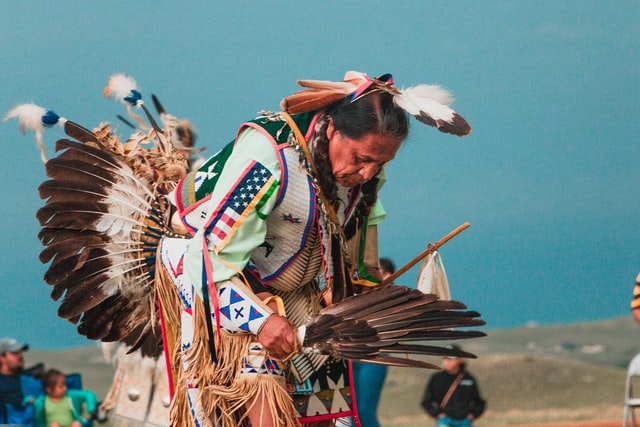Native Americans constitute a big community in the United States, with more than 570 federally recognized tribes. They are also called American Indians or Indigenous Americans, and as part of this country history, they have the right to receive benefits from the government if they have needs.
These benefits are issued by the Bureau of Indian Affairs (BIA), which is part of the US Department of the Interior. In any of its programs, Native Americans must meet certain criteria.
Requirements
If you, or someone you know, would like to apply for Native American benefits, these are the requirements to fulfill:
- Be an official member of a tribal group, which also has to be recognized by the United States Bureau of Indian Affairs (BIA). In this link, you can see a list of all of them.
- Live in an approved area to receive the services, such as reservations, tribal lands, among others.
- Prove that you do not have enough money or resources to cover (by yourself) essential needs like food, clothing, housing, and utilities.
- And not be receiving other public benefits of any kind.
On the other hand, to verify your eligibility, we recommend you to schedule an appointment with a social worker to study your case.
Types of benefits for Native Americans

Poverty within Native American tribes is one of the highest within social groups in the US, however, an eligible member can apply to get benefits such as:
Educational benefits
Just like any other citizen, Native Americans have the right to receive free public education in any elementary and secondary school. But, when it comes to colleges or universities, there is no guarantee for free tuition or enrollment.
Given that, there are some other benefits you can get:
- American Indian Education Fund: It provides scholarships based on the needs and merit of the applicant; the amount is around $450,000 per year, and it also offers ongoing support during the career.
- Association of American Indian Affairs: Anual scholarships are given to people who demonstrate an excellent academic development. You must be enrolled full-time and obtain a minimum GPA of 2.5 to get and retain the funding.
- Daughters of the American Revolution (DAR): Although the organization provides help to any kind of student, there is a preference for undergraduates. They will make the decision considering financial needs and academic achievement (you must have a GPA of 3.25).
- Other options to consider: the American Indian College Fund, the Intertribal Timber Council, and the American Indian Graduate Center.
Like any other regular scholarship, most of them will require to obtain excellent grades and participate in extracurricular activities.
➡ READ ALSO: How to become a Utah resident
Housing benefits
Housing funds and assistance is one of the most requested benefits from the Native American community. Although there are many sources that can help you -depending on the state-, here are some of the most important:
- Housing Improvement Program (HIP): Created by the Bureau of Indian Affairs (BIA), this program provides funds to individuals and families that need to renovate, repair, or rebuild their homes.
- Office of Native American Programs (ONAP): It is run by the Department of Housing and Urban Development (HUD), and it develops low-cost properties, provides legal help through no-discrimination laws, guarantee home loans, etc. The funding will be received by a tribal entity, which can be a non-profit group or a tribe authority.
- Grants for Native Americans: Getting a grant is another good option when it comes to housing. However, with this organization, you can find grants for many other things.
- EPA Green-Building: In order to increase the number of eco-friendly structures, the Environmental Protection Agency (EPA) implemented the Indian General Assistance Program (GAP), which consists of giving funds to create sustainable houses, and educate about healthy construction methods.
- Indian Home Loan (Section 184): Most of the sources mentioned above offers benefits directly to the tribe, even if it is just for one family. However, if you are looking to purchase a house, as an individual, you can get help through a home loan. In this case, you will not do it with a bank or mortgage lender; you will apply through the HUD.
How to apply
Contact your local Bureau of Indian Affairs (BIA) office
You can search for specific contact information in this link. On the right sidebar, enter your ZIP code, state, or tribe name.
Request information
Besides the programs we already mentioned, there may be others in your state. Be sure to ask all the information according to your needs, such as: benefits, eligibility criteria, requirements, deadlines, etc.
- Remember that tribal leaders or legal representatives must request benefits for communities. But, if you want individual benefits (like housing assistance or a college scholarship), you will have to apply by yourself.
Schedule an appointment
If you have further questions or you are ready to apply, call again to the BIA office and schedule an appointment. Do not forget to bring the necessary documentation.

